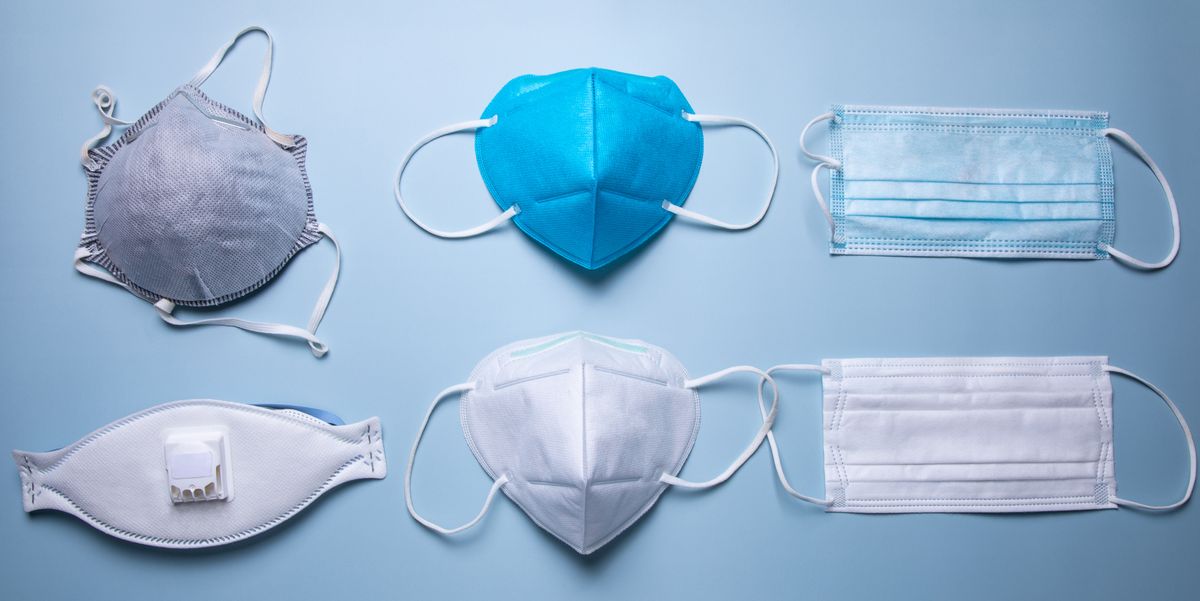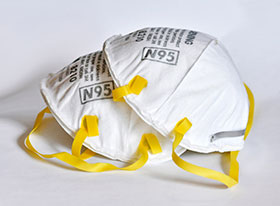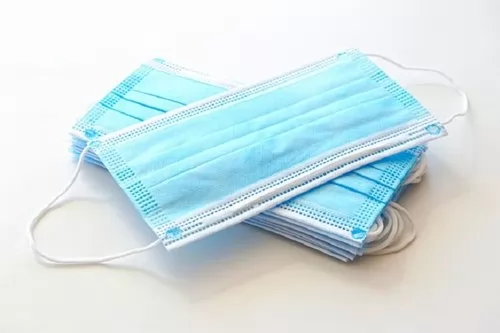Seriously, Upgrade Your Face Mask Omicron is everywhere.
Throughout the pandemic, wearing a face mask has been one of the best ways that anyone can easily reduce their risk of catching or spreading COVID-19. Putting aside the often contentious debate over mask mandates, face masks remain a crucial and effective individual tool, which is why it continues to be frustrating that most people, two years in, are not wearing better masks. That’s due in large part to how public health officials have mishandled the issue, including by giving mixed messages about whether to wear masks and which ones to use, but the bottom line is that the cloth masks everyone started buying in the spring and summer of 2020 were never a great match for an airborne virus like COVID and are even less so against the more and more transmissible variants that have emerged, such as Delta and Omicron.
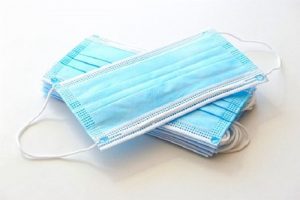
Surgical masks, when medical-grade quality and worn tightly across the face, are better than cloth masks. But high filtration respirators like N95s or KN95s — which are quite comfortable, provide gold-standard protection against airborne particles.(And while most of these masks are designed for adults, there are now finally some KN95 and KF94 masks also being made in smaller sizes for kids.)
Why should people start using high-filtration masks like N95s and KN95s as their go-to, everyday masks rather than cloth ones?
The key reason is that transmission of the coronavirus is primarily through aerosols, which float around in the air — you inhale them — and are not filtered well by cloth masks. You really need melt-blown polypropylene, which you find in surgical masks and N95s, to stop these small particles.
So the materials used to make these masks make them better equipped to filter out the virus?
Yeah. The material is basically melt-blown polymers, like polypropylene, which form this complex sort of webbing which is then electrostatically charged. That factor is use to pull the particles in when you’re inhaling and exhaling. Cloth masks are often just woven thread and other materials that don’t have that design. Cloth masks don’t provide great source control, either. The CDC is now letting people who test positive for COVID-19 stop isolating after five days and then wear a mask for five days. It would have been ideal for them to also recommend that be a better mask.
So do you think normal people should get N95 or KN95 respirators and then throw out their cloth and surgical masks?
I think the surgical masks can still work really well with a mask fitter [i.e., a frame or brace that is worn over the mask, ensuring an improved fit]. Surgical masks are also melt-blown polypropylene, three layers. They’re actual medical three-layer masks. So those are still pretty good if you can get the fit improved. In terms of cloth masks, I’d rather you wear something than nothing. But if you’re able to upgrade, that would be great.
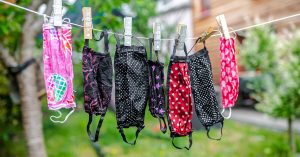
How often can you reuse them? Does the electrostatic charge that attracts the particles wear off?
Peter Tsai, the scientist who invented the material used in N95s, has said that you could reuse them for a while and recommended buying seven masks and using a different one each day while letting the others sit out. Exactly how long the charge lasts, I think, really depends on the environmental conditions — humidity and sweat. But it’s up to the government to figure out how long an average person could use it. I think these are things that the CDC really should have been looking into. They’ve had a year and a half now. It’s crazy.







